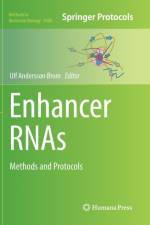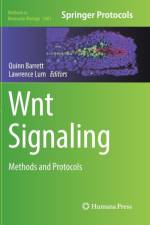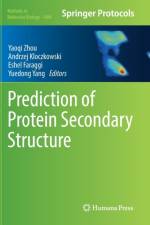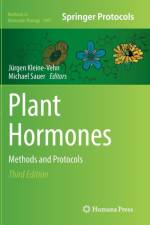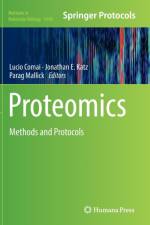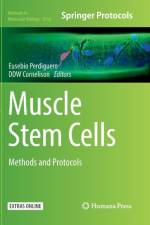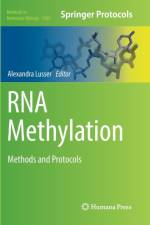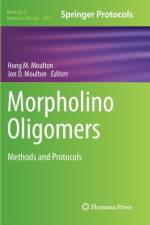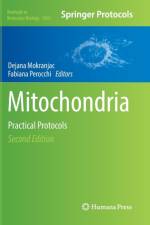- Methods and Protocols
1 635
This collection seeks to elucidate the practical methods necessary for successful adjuvant development, with a particular focus on the synthesis, formulation, manufacturing, and characterization aspects involved. Beginning with an overview and a case study, the book then delves into in silico design, chemical synthesis, biosynthesis, and/or purification from natural raw materials of specific adjuvant molecules, adjuvant formulation approaches, the analytical characterization of adjuvant formulations and adjuvant-containing vaccines, as well as the biological characterization of vaccine adjuvant activity, including in vitro and in vivo approaches, to measure innate and adaptive immune responses. Written in the highly successful Methods in Molecular Biology format, chapters include introductions to their respective topics, lists of the necessary materials and reagents, step-by-step, readily reproducible laboratory protocols, and tips on troubleshooting and avoiding known pitfalls.Practical and authoritative, Vaccine Adjuvants: Methods and Protocols aims to facilitate vaccine adjuvant product development efforts, making them more accessible, manufacturable, and better characterized.

